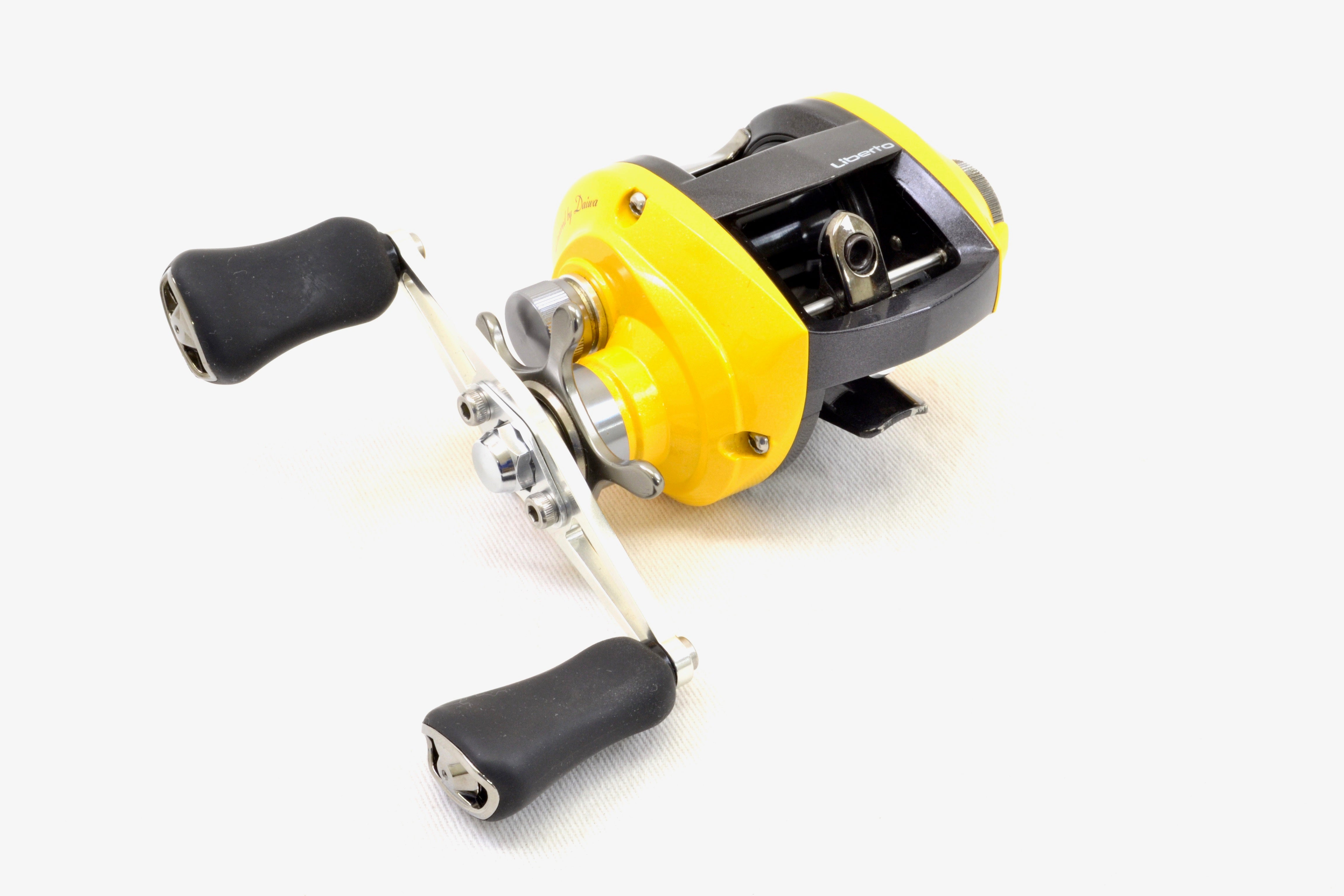

DAIWA PIXY SERIES
In fact, unlike most other reels that feature a series of brakes in a centrifugal set up, the PX68 SPR is just like a figure skater in that there are only two brake arms on the spool. So what were they thinking in making the "SPR"? Do you notice that during a spin, when they're arms are extended out from their bodies, they slow down, and when they want to gain speed in a spin, they pull their arms in? It is the same principal. The easiest way to conceptualize this is to think of a figure skater spinning on the ice. Normally relying upon their magnetic brake technology, Daiwa decided to go centrifugal on the SPR to help deliver brake assistance during the early part of the cast.ĭaiwa's Liberto Pixy has been the finesse casting standard for years.Ĭentrifugal brakes work by controlling the spool's speed pretty much from the onset of your cast putting more weight out at the end of the spool and creating rotational resistance. Impressions: The PX68 SPR is an interesting departure in Daiwa Japan's casting brake philosophy.
DAIWA PIXY FULL
This new Pixy was being made with centrifugal brakes! Could it really be? And if so, why?!? Here now is our look at Daiwa Japan's PX68 SPR.Ģ4" per turn of the handle full capacity They went and developed a new iteration of the Pixy platform, but this time it featured something the company had not previously attempted in a bass sized baitcaster. Yes, the company now infamous for offering iteration after iteration of the same platform had done it again. But as plans were being finalized and the PX Type R started rolling off the assembly line, Daiwa Japan had another trick up their sleeves.

Daiwa Japan had finally relinquished their strangle hold on the Pixy and allowed Daiwa USA to import the reel with a few tweaks to make it their own.

Introduction: With the arrival of Daiwa's PX Type R on US Shores late in 2011, all was supposed to be right in the finesse casting world.


 0 kommentar(er)
0 kommentar(er)
